MATERIALS
-
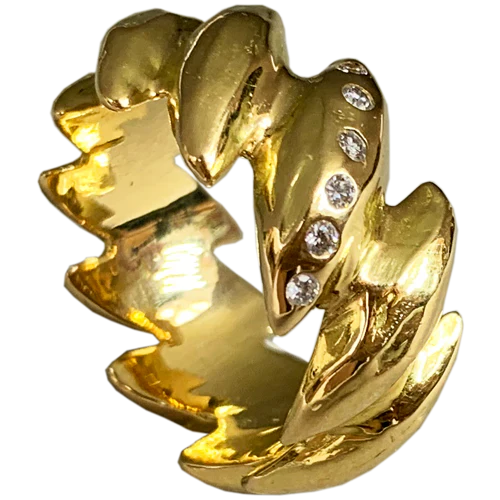
GOLD
See related jewelsAll of our gold jewelry is made from 18 carat gold. Pieces are available in yellow, white or rose gold. Our gold is certified Responsible Jewelry Council which means that it is traceable and responsibly sourced.
-
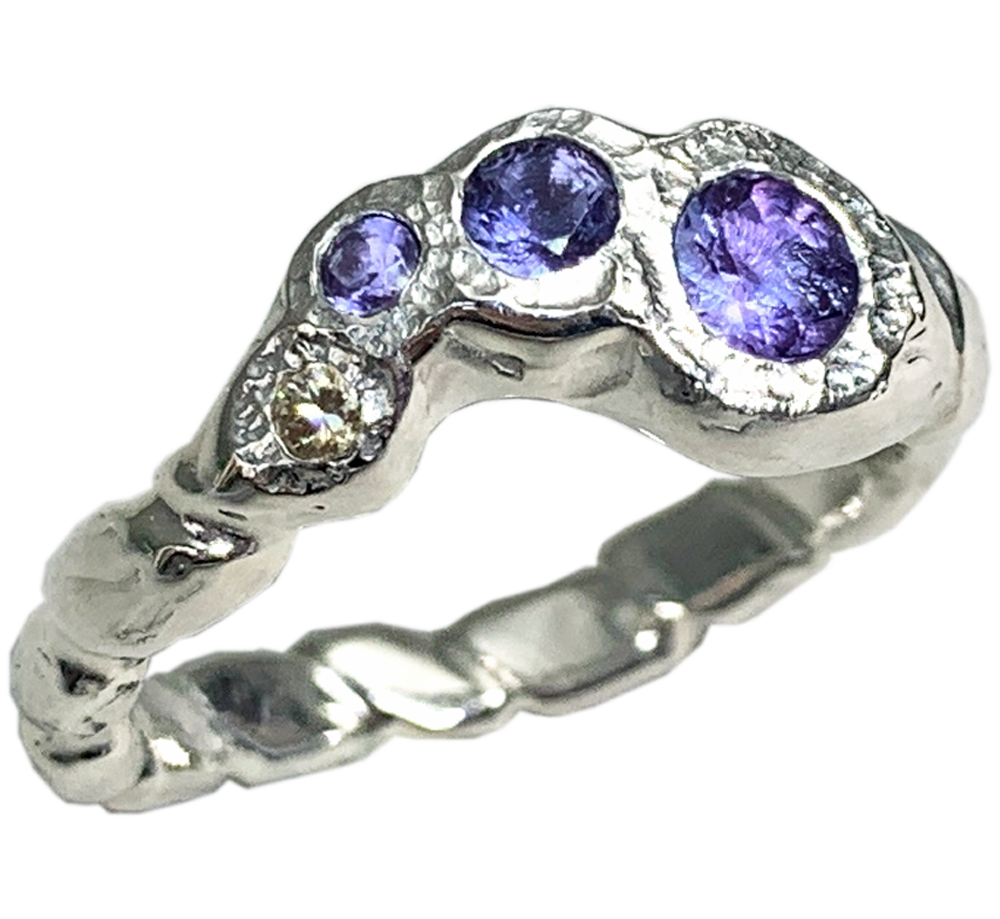
SILVER
See related jewelsAll of our silver jewelry is made from 925 sterling silver that is either recycled or Responsible Jewelry Council certified.
-
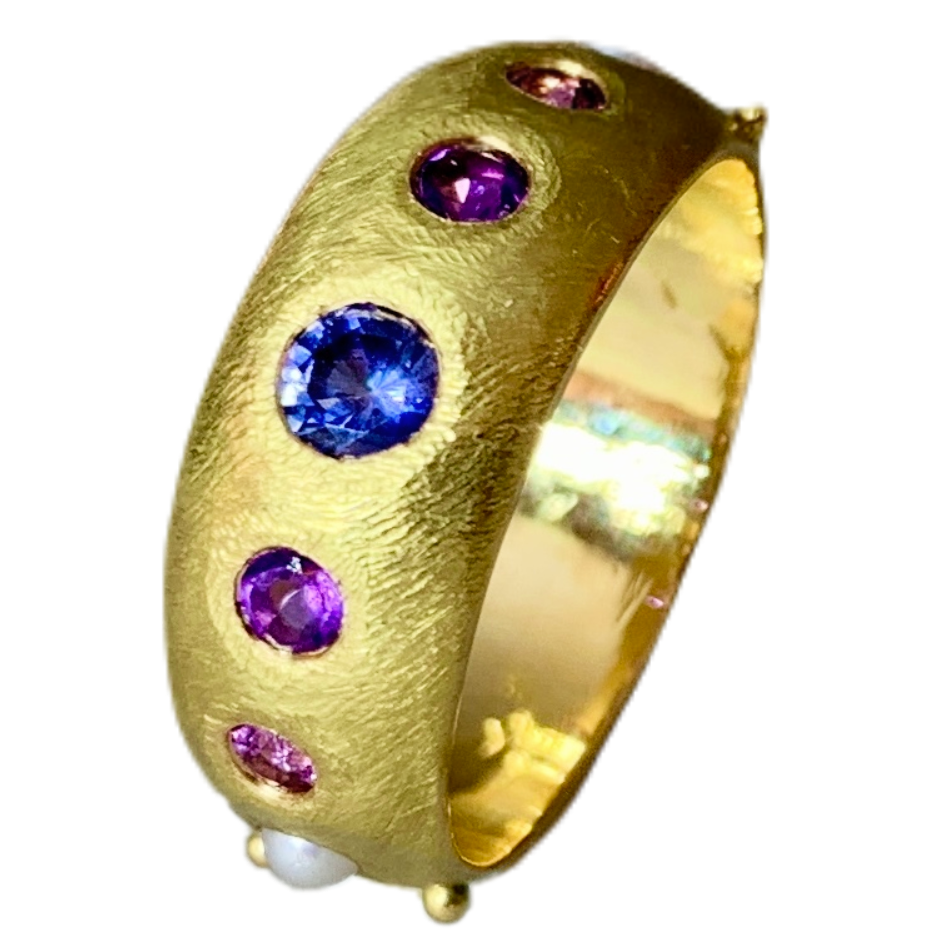
VERMEIL
See related jewelsVermeil refers to a piece of jewelry made from 925 sterling silver which is then plated with a thick layer of 24 carat gold.

STONES
-
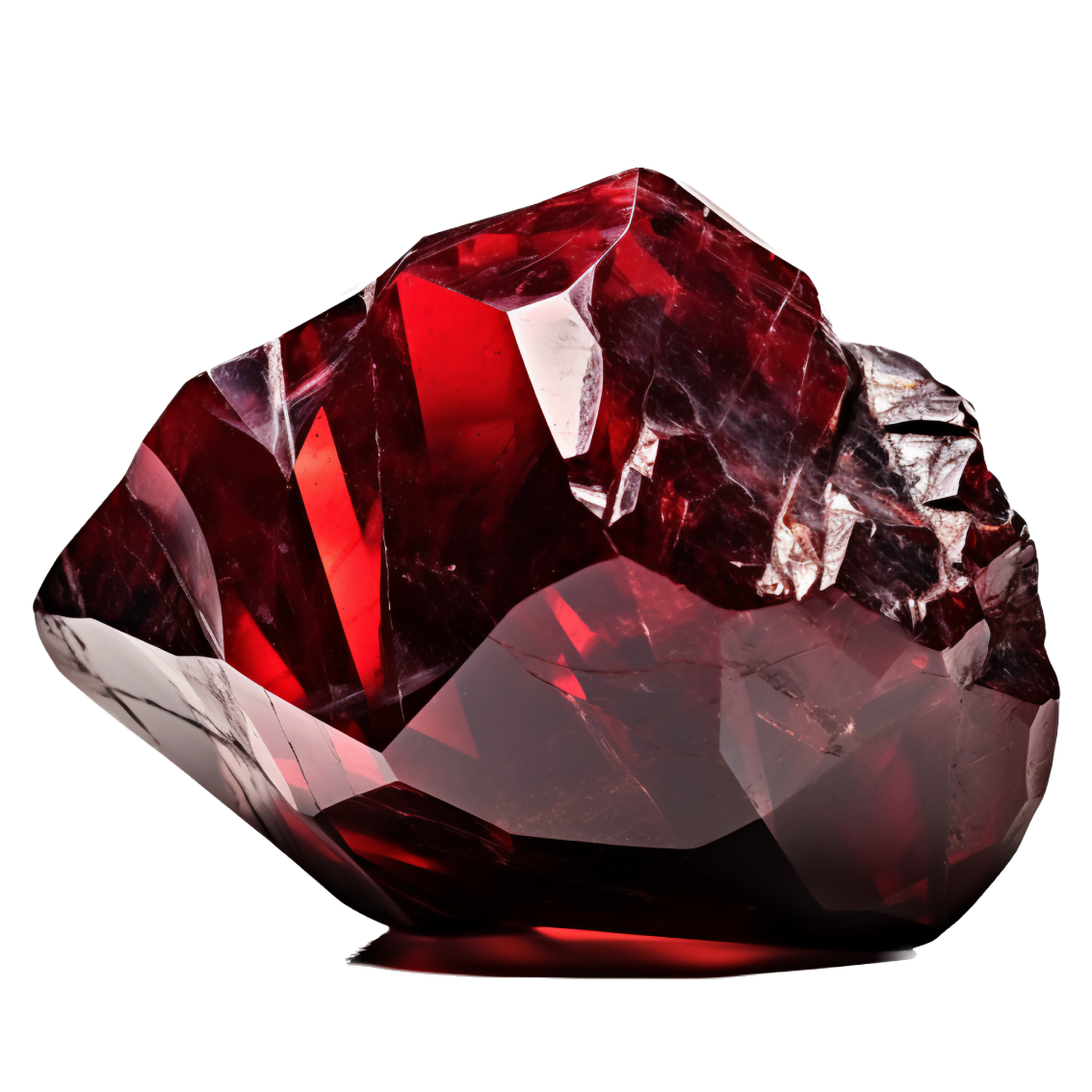
January
See related jewelsGarnet
A deep red stone named after the greek word for seed or grain ‘granatus’ because of its longstanding association with pomegranates and the myth of Persephone. Garnets have been associated with protection across eras and cultures, from ancient Egyptian burial sites to Celtic battle jewelry.
-
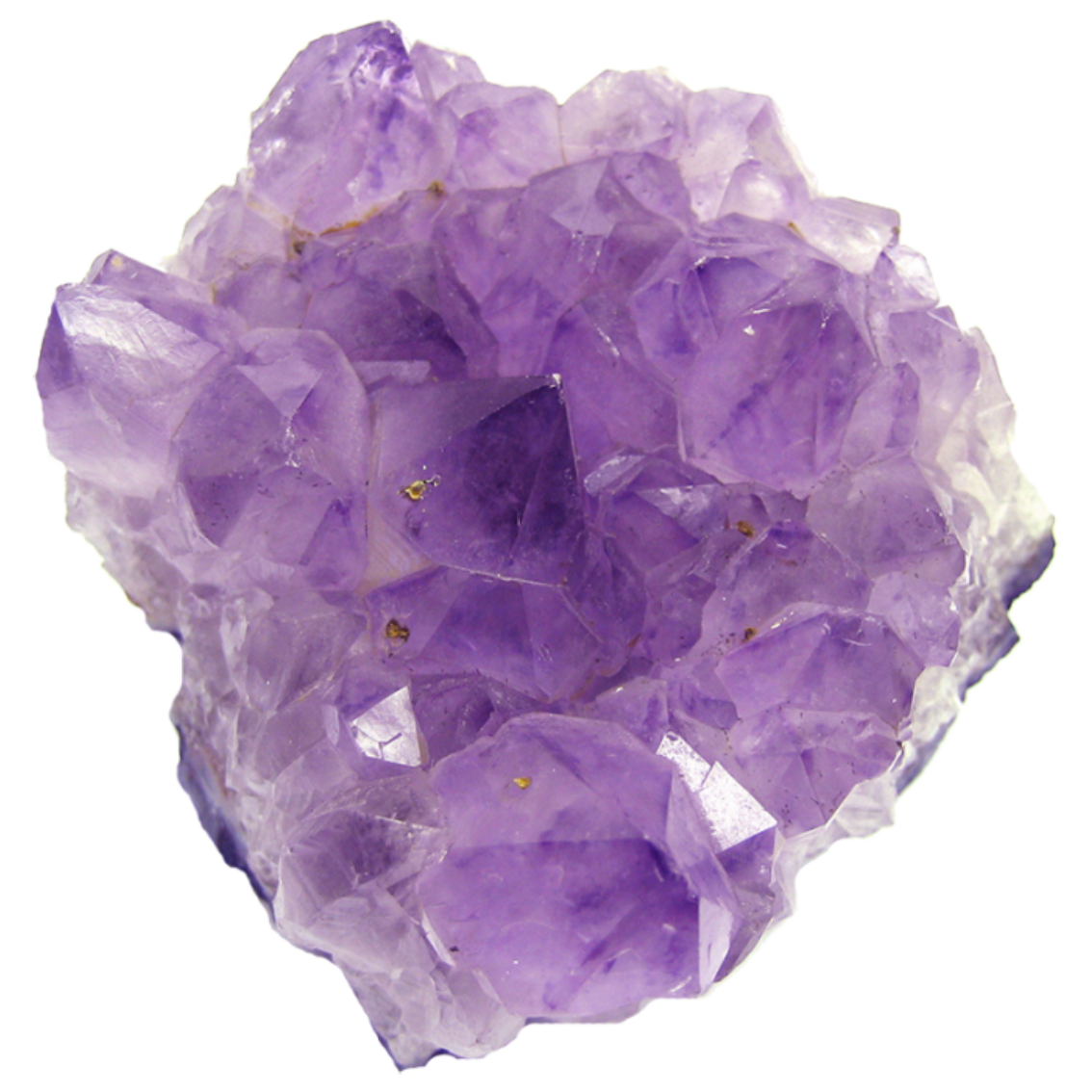
FEBRUARY
See related jewelsAmethyst
One of the five cardinal gems of antiquity, once considered more rare and precious than diamonds. Amethysts have been worn by royalty and clergy throughout history. The name derives from the greek word ‘amethystos’ (not drunk) because it was thought to be an antidote to drunkenness.
-
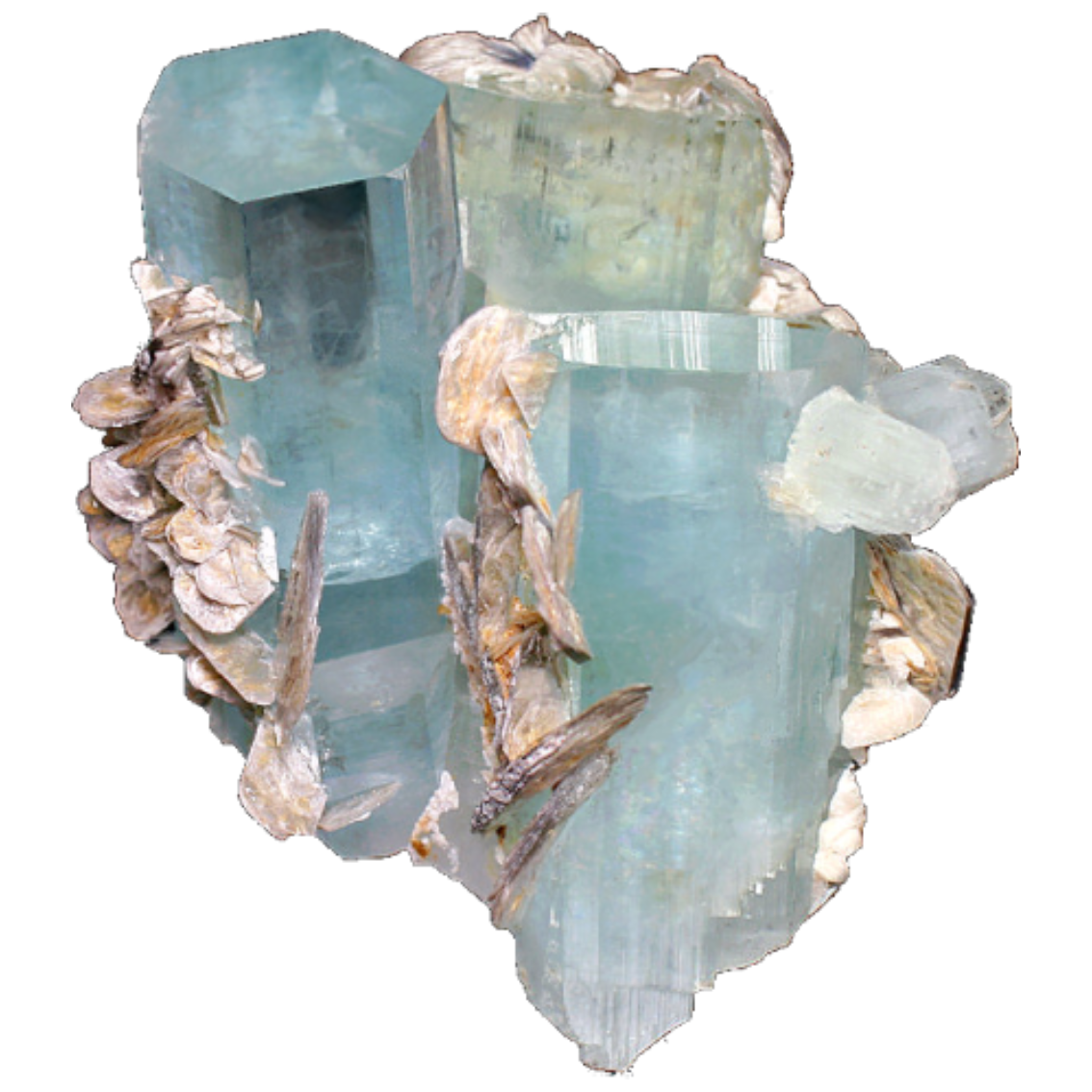
MARCH
See related jewelsAquamarine
Used by sailors and sea merchants as talisman of protection during travels at sea. Aquamarine was also commonly used as an antidote to poison and mermaid spells.
-
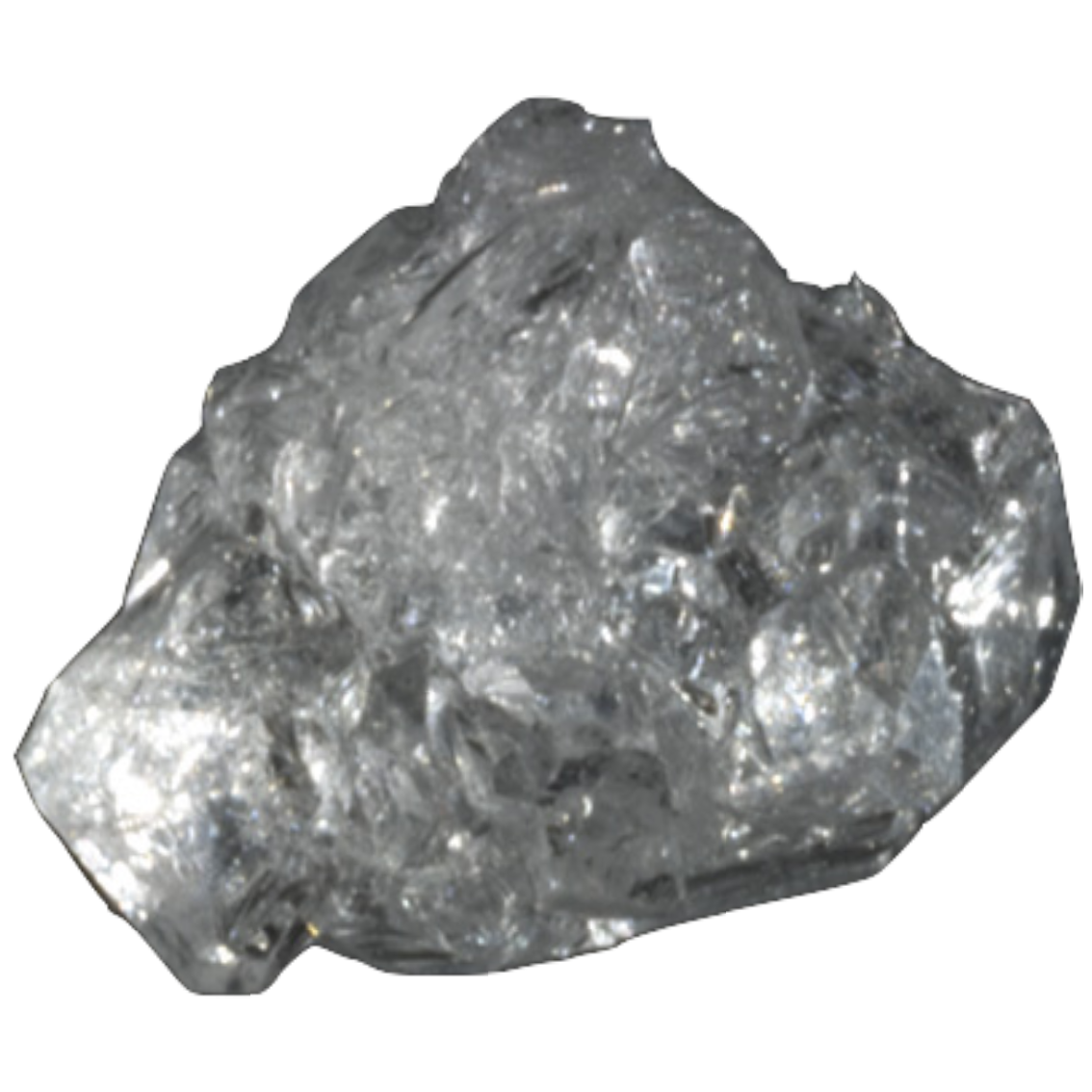
April
See related jewelsDiamond
The earliest mined diamonds originated in India over 6000 years ago, where they were used to carve religious icons. In Greco-Roman myths diamonds were believed to be either the tears of gods or splinters broken off from fallen stars.
-
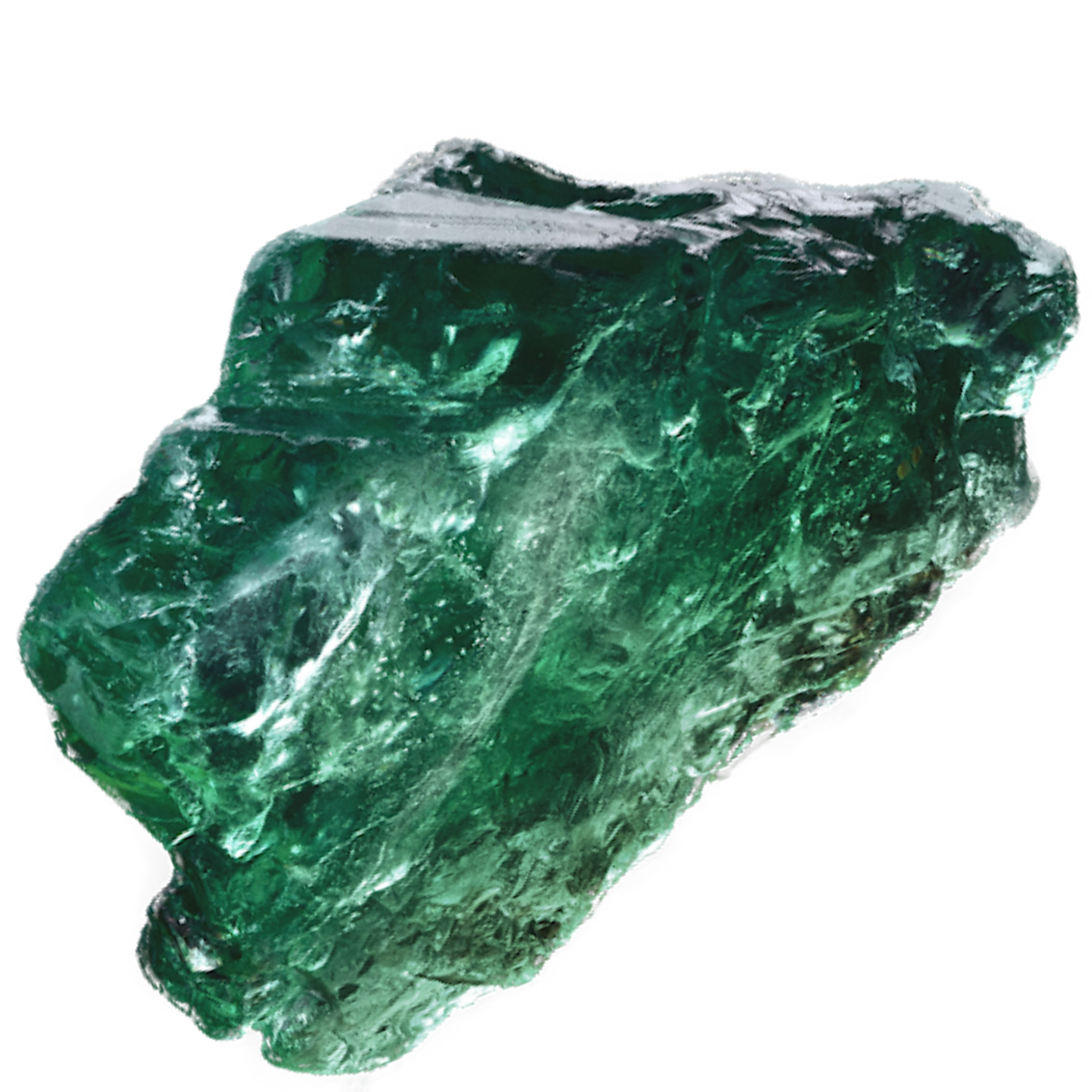
May
See related jewelsEmerald
As extensively recorded by the French occultist Eliphas Levi, alchemists believed emeralds conferred the ability to see the future and tell truth from lies when the stone was placed under ones tongue. (Give it a try and send us an email to report back your findings).
-
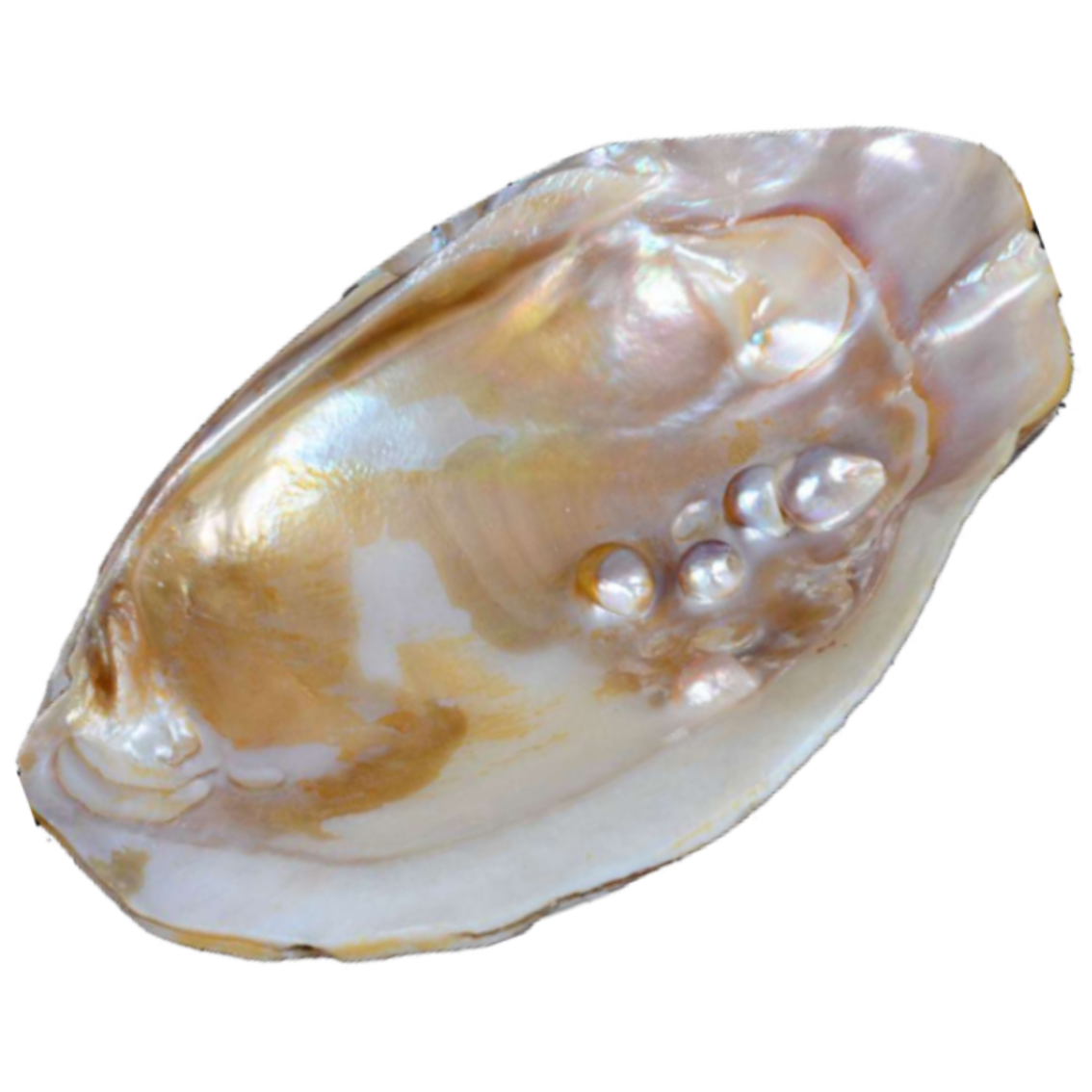
June
See related jewelsPearl
The oldest of all gems, their use as bodily adornments predates written language. The oldest pearl found to date was in an 8000 year old stone age settlement. In ancient China, pearls were thought to fall from the sky when dragons fought among the clouds.
-
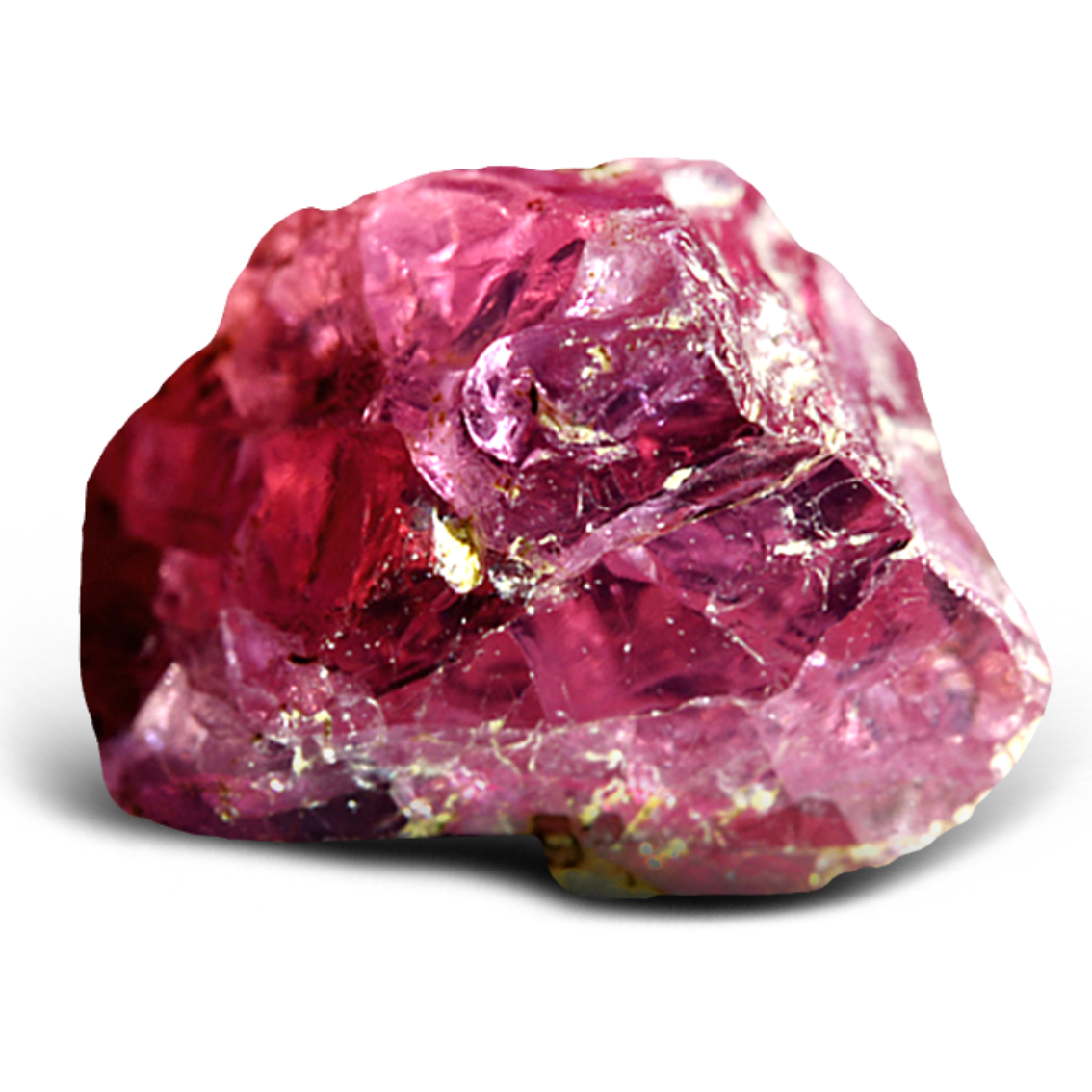
July
See related jewelsRuby
Another stone associated with protection across all cultures and eras. One of the most interesting myths surrounding them is the belief of Burmese warriors that rubies would make them invincible in battle if they were implanted under the skin.
-
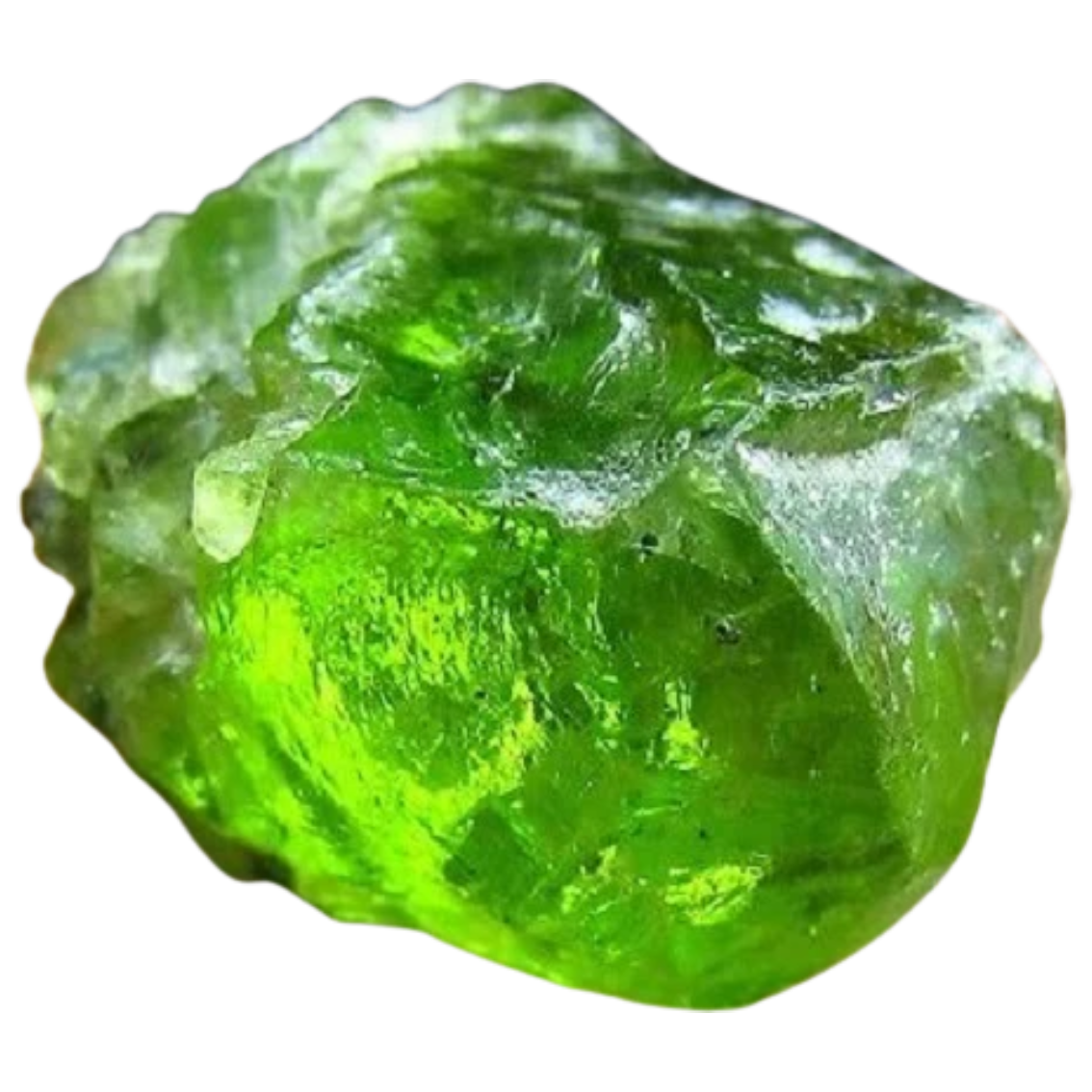
August
See related jewelsPeridot
Often found in meteorites such as the 4.5 billion year old Imilac meteorite, peridot was especially prized by the ancient Egyptians who inlaid their ceremonial goblets with the stone as a means to commune with the gods of nature.
-
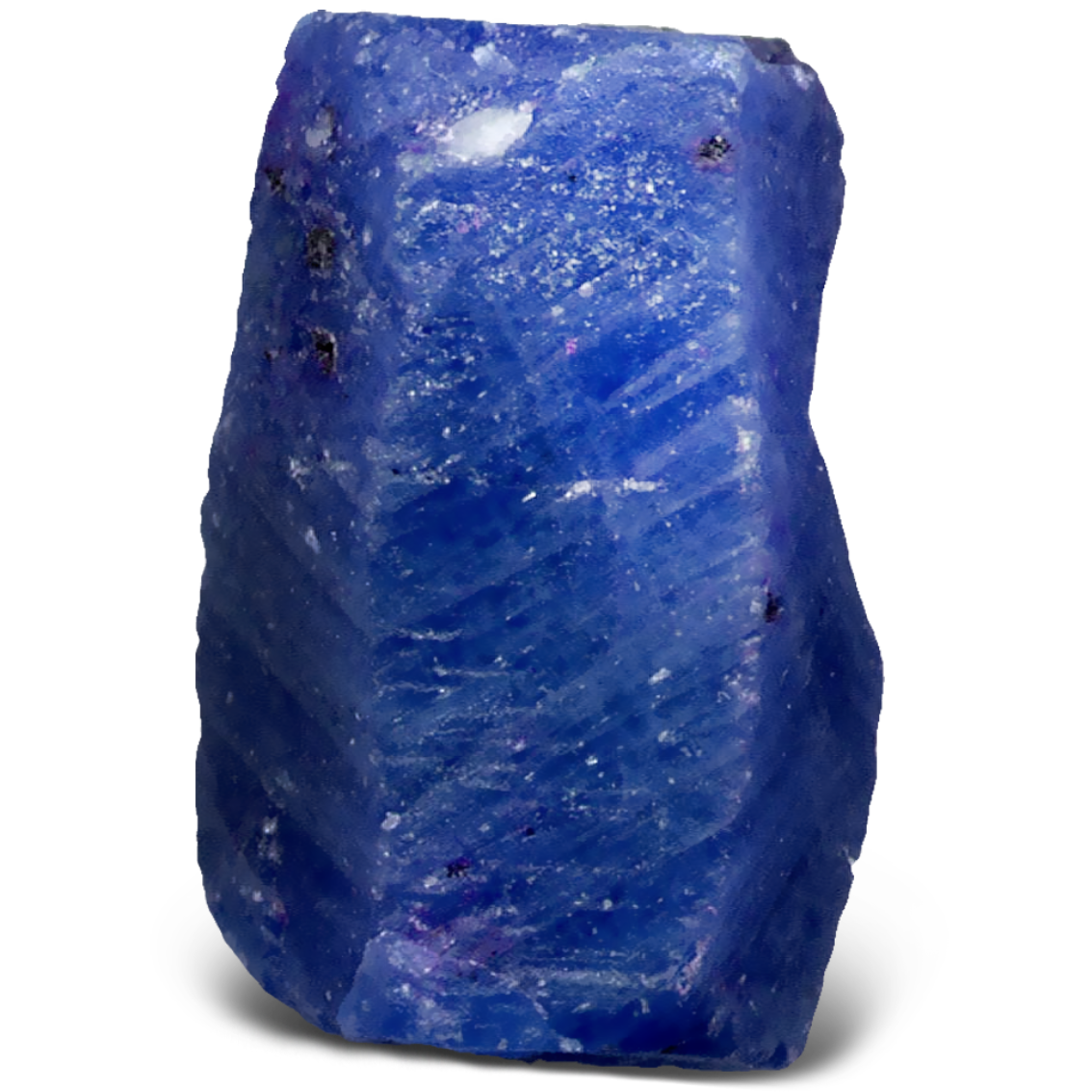
September
See related jewelsSapphire
Ancient Persians believed the earth rested on a giant sapphire and that its reflection is what gave the sky its color. In medieval times sapphires were thought to cure eye problems and prevent melancholy.
-
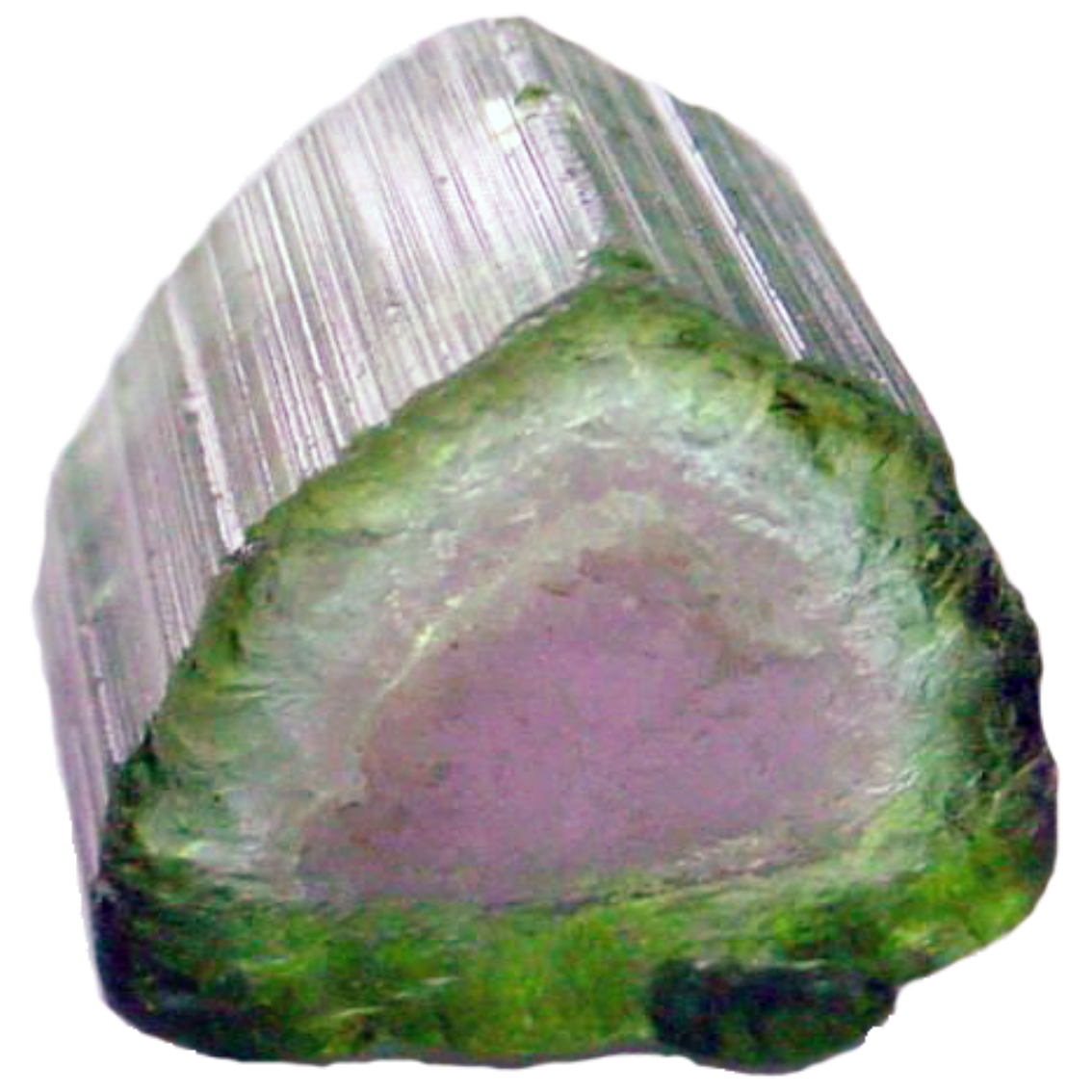
October
See related jewelsTourmaline
Because it exists in nearly every shade and color it was long thought that tourmalines traveled to the surface of the earth through a rainbow which is how they gained their array of colors. In the 18th Century, a Dutch scientist believed that wrapping a tourmaline gemstone in silk and placing it on the cheek of a child with a fever would help them fall asleep.
-
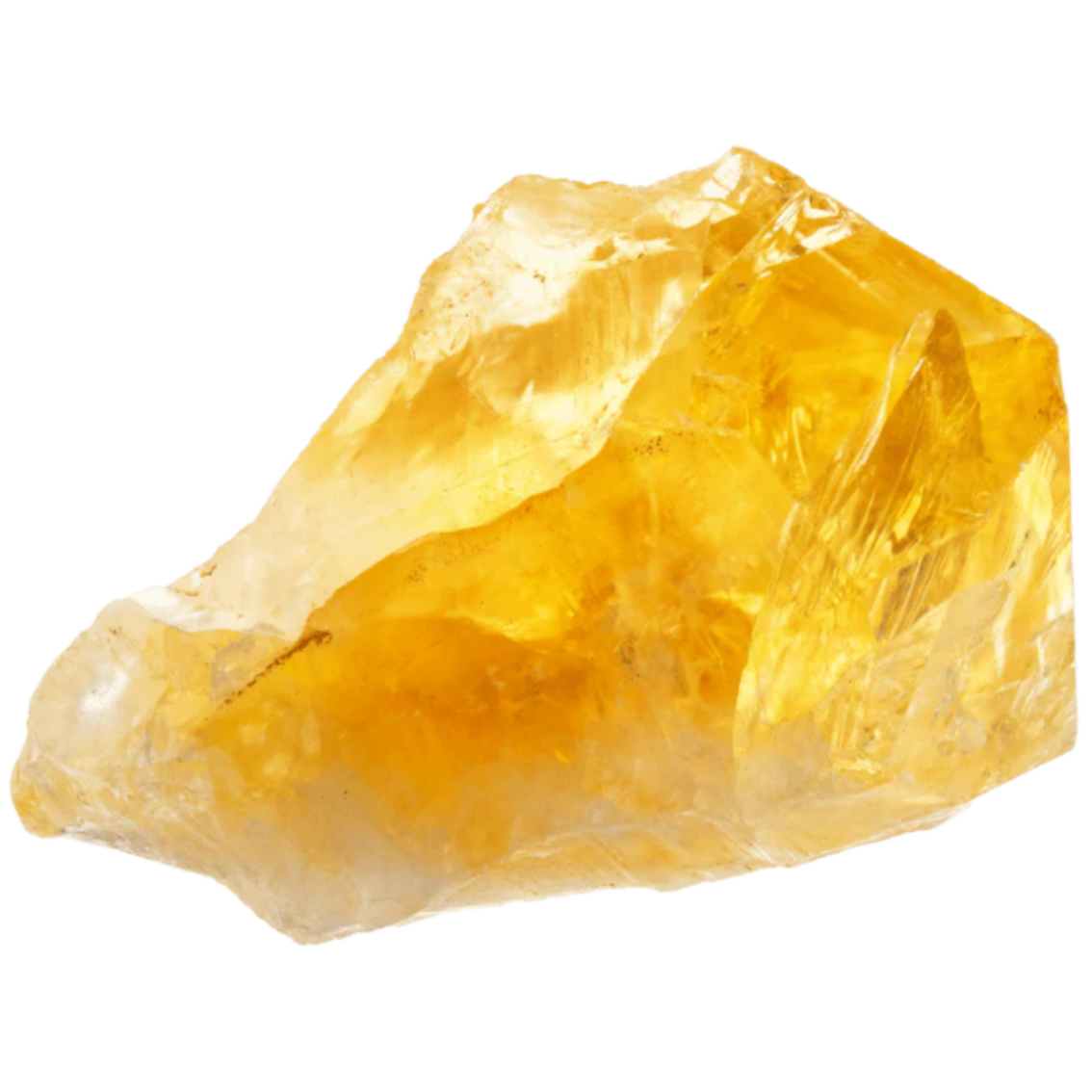
November
See related jewelsCitrine
A variety of quartz derived from the French word ‘citron’, meaning lemon, citrine has long been nicknamed ‘the merchant’s stone’, as its golden hues are easily associated with wealth and prosperity. Through the ages it was though that citrines could also provide protection against the plague, snake bites, and evil thoughts.
-
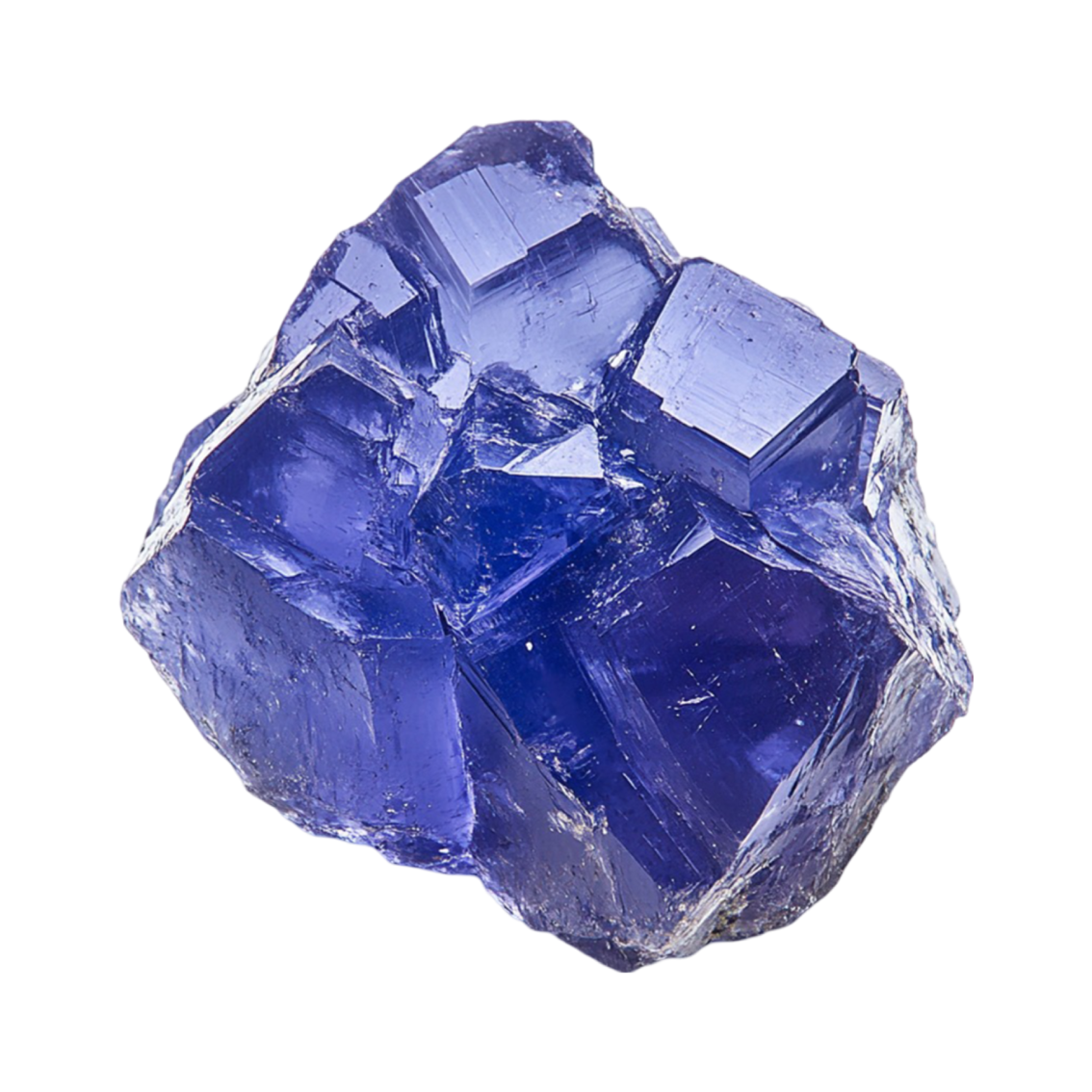
December
See related jewelsTANZANITE
Discovered only in the 1960’s Tanzanite can only be found on a 20 square kilometre area in the Simanjiro district of Tanzania. Tanzanite was formed around 585 million years ago during the mid-Ediacaran period by massive plate tectonic activity and intense heat in the area that would later become Mount Kilimanjaro.















